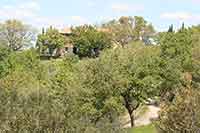Domenico Beccafumi in Palazzo Pubblico, Siena
|
Sala del Concistoro, Figure dell'antica Roma, Postumius kills his son for betraying his orders
|
| Aulus Postumius Tubertus |
Aulus Postumius Tubertus was a Roman military leader in the wars with the Aequi and Volsci during the 5th century BC. He served as Magister Equitum under the dictator Mamercus Aemilius Mamercinus in 434 BC.[1] Postumius' son-in-law was Titus Quinctius Cincinnatus Pennus, consul in 431 and 428 BC. When it was decided to appoint a dictator to undertake the war with the Aequi and Volsci in 431, the consuls could not agree, and by lot the choice fell to Cincinnatus, who nominated his father-in-law. The two men proceeded against the enemy, and on the 18th of June, won a great victory over the Aequi and Volsci at Mount Algidus. This was the site of a previous victory over the Aequi by the dictator Lucius Quinctius Cincinnatus in 458 BC. That of 431 was the last major battle between Rome and the Aequi, and on his return, Postumius received a triumph.[2] A well-known story relates that during this campaign, Postumius' son was so eager to engage the enemy that he quitted the post assigned him by his father, and that in consequence Postumius had him put to death. Livius doubted the truth of this account, noting that a similar and more infamous tradition was associated with Titus Manlius Torquatus, consul in 347, 344, and 340 BC. However, Niebuhr felt that Livius' reasoning was insufficient to dismiss the story.[3][4][5][6][7][8][9] |
Mappa Palazzo Pubblico, Siena| Ingrandire mappa
|
References
|
 |
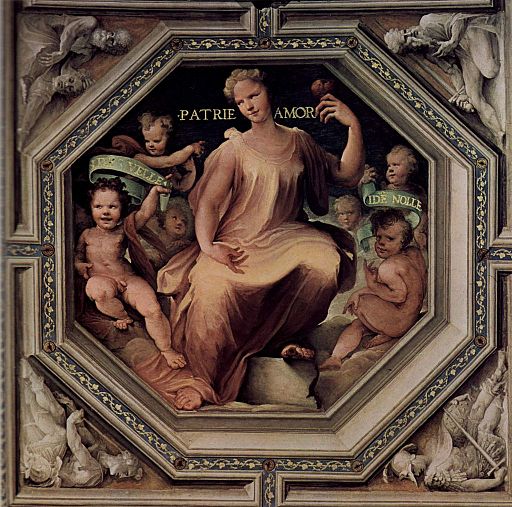 |
 |
||
| Patriea Amor, allegorie | Mutua Benevolentia
|
|||
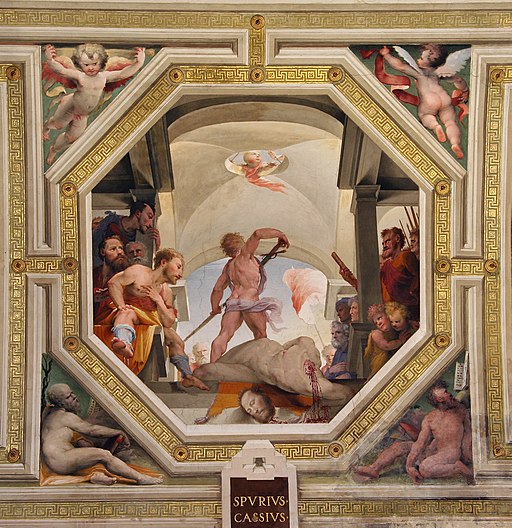 |
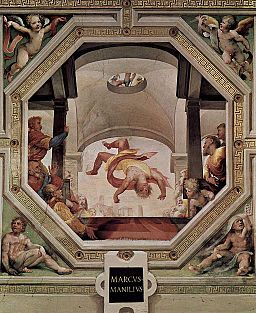 |
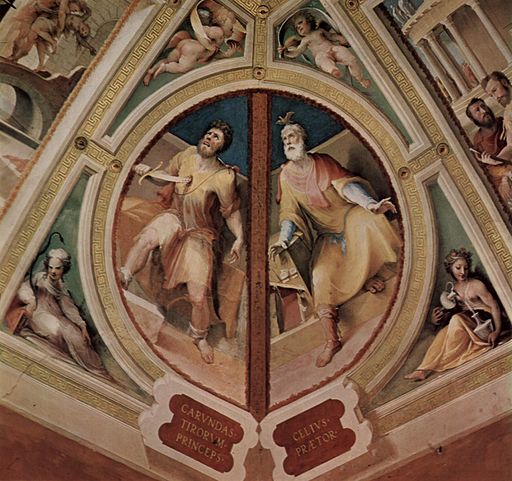 |
||
Spurio Cassio
|
Marcus Manlius | Figure dell'antica Roma | ||
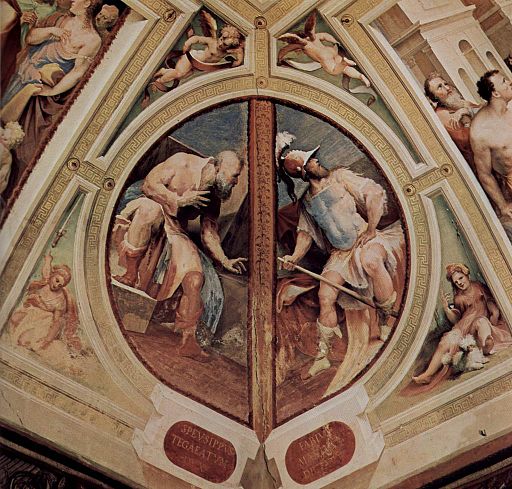 |
 |
 |
||
Vittima di Codro, re di Atene
|
Giustizia | |||
 |
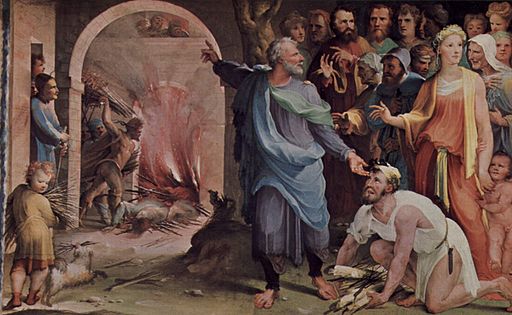 |
 |
||
Il Tribuno Publio Muzio manda i suoi alleati sul rogo
|
Morte di Melio | |||
 |
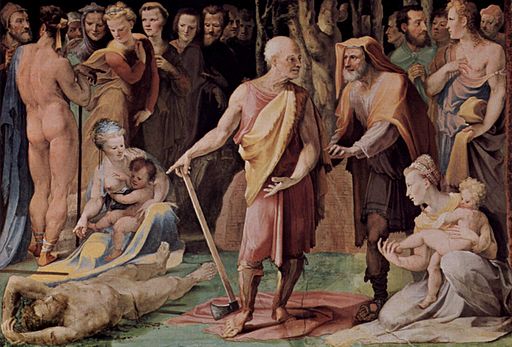 |
|||
Riconciliazione di Emilius Lepido con Fulvio Flacco
|
Postumio Tiburzio uccide suo figlio | |||
|
||||
Podere Santa Pia |
Podere Santa Pia, garden view, April |
View from Podere Santa Pia
on the coast and Corsica |
||
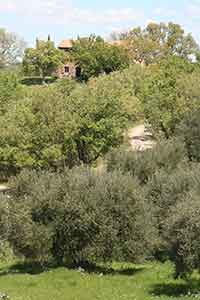 |
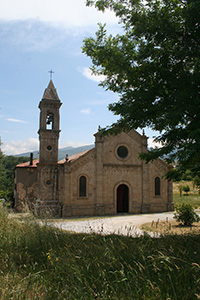 |
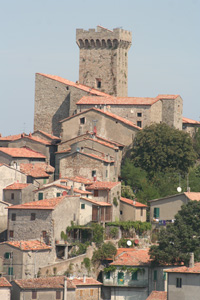 |
||
| Podere Santa Pia | Pieve di Santa Maria ad Làmulas, Montelaterone | La Rocca aldobrandesca di Arcidosso | ||
|
||||
This article incorporates material from the Wikipedia article Aulus Postumius Tubertus published under the GNU Free Documentation License. |
||||


